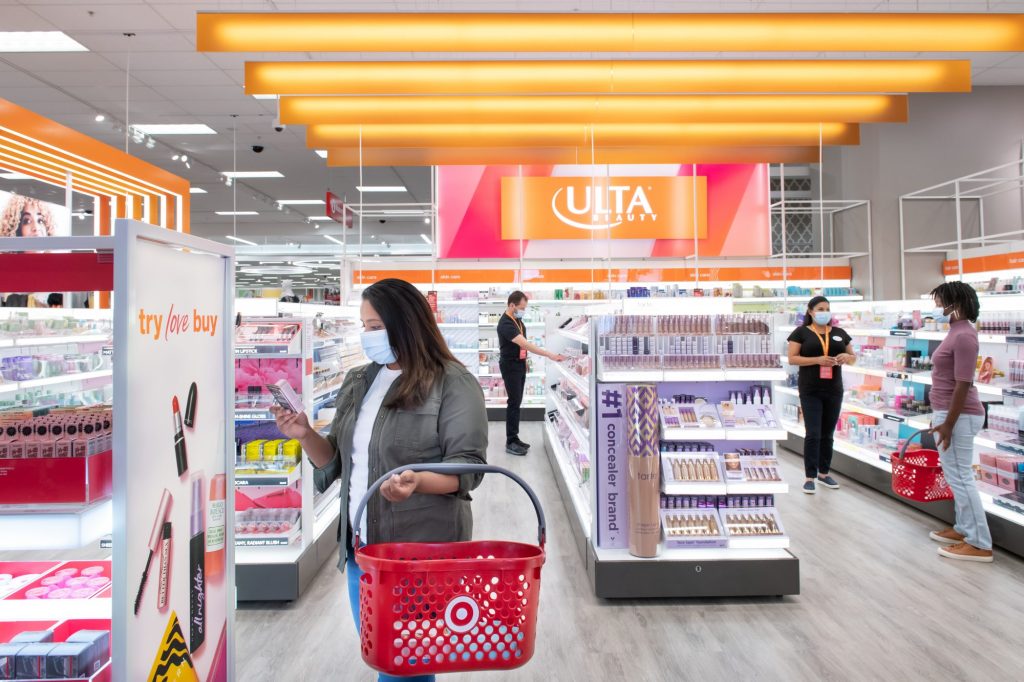For the last ten years, DTC beauty brands have been winning hearts and dollars, securing ungated access to a loyal customer base without sacrificing precious margin to retail partners. During the COVID pandemic, these brands were able to weather the storm in large part thanks to their independence. But as we emerge from the pandemic, historically DTC-only beauty brands are making their retail debut. As reported by The New York Times, this trend can be felt even outside of the beauty industry, with digital-focused fashion and home brands also making the return to retail. Let’s take a look at what’s behind this shift.

Acquiring Customers Is Getting More Difficult & More Expensive
The rise of DTC was powered largely by accessible customer acquisition costs available through social media advertising. But as changes in digital advertising have rolled out over the last 18 months, many companies are no longer seeing high returns on digital ads. Changes like Apple’s iOS 14 updates, which prohibits some data collection unless users opt into tracking, has made it harder to serve personalized ads to the right audience, leading to lower ad performance on Facebook and Instagram. Lower ad performance and minimized ad personalization means that it’s become more expensive and more difficult to acquire new customers online.
Retailers Offer a New Way to Acquire Customers
As new customer acquisition costs rise, the expenses associated with entering retail suddenly do not seem so stark. In fact, a number of growing DTC brands have turned to traditional retail partners to help them reach new audiences. As Vegamour founder Daniel Hodgdon told Beauty Independent last year, “When you acquire customers, you’re paying an acquisition cost, too,” he said. “And if your acquisition cost is three-fourths of what your average order value is, you actually make a little more money on the first customer purchase through Sephora. There’s all these things you have to sort of juggle in the algorithm.” Because retailers have more ad spending power and a greater existing customer base, they can drive customer awareness that emerging brands would otherwise find difficult and costly to achieve on their own.
Brick & Mortar is Growing While Digital is Slowing
According to the latest data from NPD, brick-and-mortar sales grew in 2021 compared to both 2020 and 2019 while growth in digital channels has slowed. As the market emerges from the pandemic, the online channel even posted negative performance in some weeks as the country has readjusted to life outside of the home. As DTC brands look to maintain progress, seizing a piece of that steady brick-and-mortar growth seems like the perfect strategy, even if it means navigating costs associated with the retail business.
DTC is Not Dead
It’s worth noting that this retail expansion does not seem to signal the end of the DTC era. In the same report from NPD, the group noted that direct-to-consumer sales outpaced both brick-and-mortar and online sales in the same period. DTC is still a key channel for the brands who have built their success there, but as these brands look to grow, retail is looking more and more attractive.
Is your brand looking to enter retail for the first time? Landing can help. Our game-changing technology helps emerging brands connect with retail buyers and support sell-through once you’re in stores. For more information, get in touch with our team.
